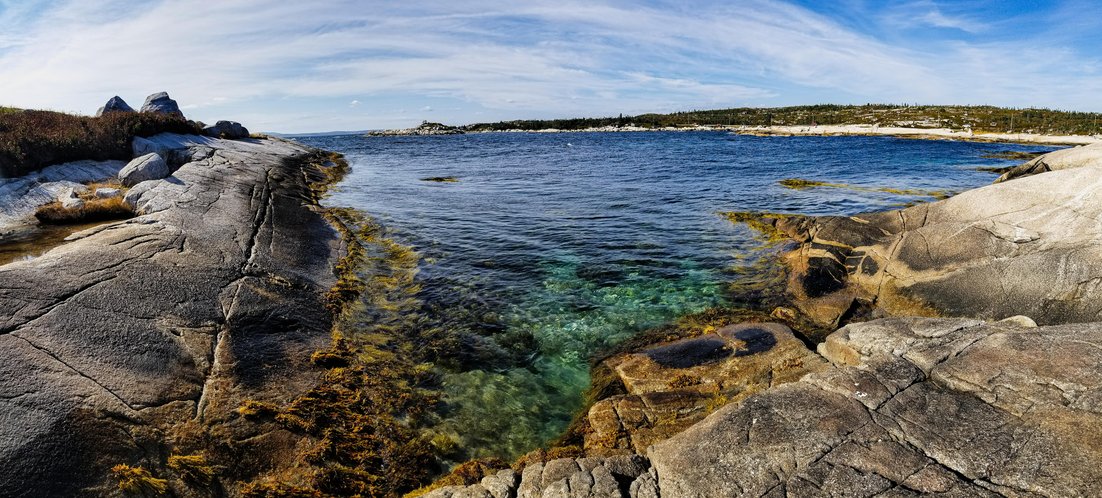The 6 UNESCO Heritage Sites of Nova Scotia
Nova Scotia not only offers areas of outstanding natural beauty, but also massive historical significance, creating an enchanting world of cultural delights.
Cliffs of Fundy UNESCO Global Geopark
Extending from Apple River to Debert, over 165km of coastline offers sensational scenery and the chance to connect with the rich Mi’kmaq culture. The varied landscape takes you up rolling hills and steep mountains, down through valleys of forests and offers sweeping views of ruggest coastline. Worth looking out for are Five Islands, the Three Sisters and Partridge Island. Can be enjoyed from the water, by car, on foot or even better – on horseback!
Joggins Fossil Cliffs UNESCO World Heritage Site
Along the Bay of Fundy coastline Joggins Fossil Cliffs have long been an attraction due to its evidence of life in the Carboniferous, or coal age, era. Thanks to the famous high tides, found here are the most magnificent of fossils; from signs of human life 300 million years ago, to insects and even dinosaurs! A guided tour is definitely recommended to take in all of the history the area has to offer.
Old Town Lunenburg UNESCO World Heritage Site
The old fishing port dates back to the 18th and 19th centuries and the houses brilliantly painted in rich colours show off the town’s historic beauty where trade still flourishes today. Lunenburg is the best surviving example of British Colonial settlement in North America. The enchanting historical port is humming with restaurants serving local cuisine, a distillery showcasing heady spirits and many boutique shops brimming with character.

The Landscape of Grand Pré UNESCO World Heritage Site
Given the acclaimed title of UNESCO World Heritage Site in 2012, this site is made up of a combination of historical significance from the Acadian settlers of the 17th century as well as sumptuous green farmland and award-winning vineyards, to name a few. Named a “living laboratory” for testing and demonstrating sustainable development, it is the second largest wilderness area in Canada. A place where flowing waters meet the ocean, you can enjoy the sophistication of the site’s history as well as immersing yourself in local culinary crafts and delights.
Southwest Nova UNESCO Biosphere Reserve
Almost 4 million acres of natural coastline, packed with plentiful marine and bird life, the rocky headlands that protrude from the silky water is breathtaking. The area is awash with old tales of pirates and rum runs, whales and wild waters, and offers glimpses of past cultures embedded in the local communities seeped in heritage and history.
Bras d’Or Lake UNESCO Biosphere Reserve
From the air the water shimmers like veins winding through lush rolling hills and valleys, making Bras d’Or Lake a must-see attraction of Nova Scotia. The Reserve is at the centre of Cape Breton Island and is the home to a plethora of bird and sea life. There are many options to explore the area, from hiking to Uisge Ban Falls, paddling through the coves of Baddeck Bay or hiring a sailboat to visit St. Peter’s. The land here elegantly rises from the water and is perfect for water sports adventurers.


